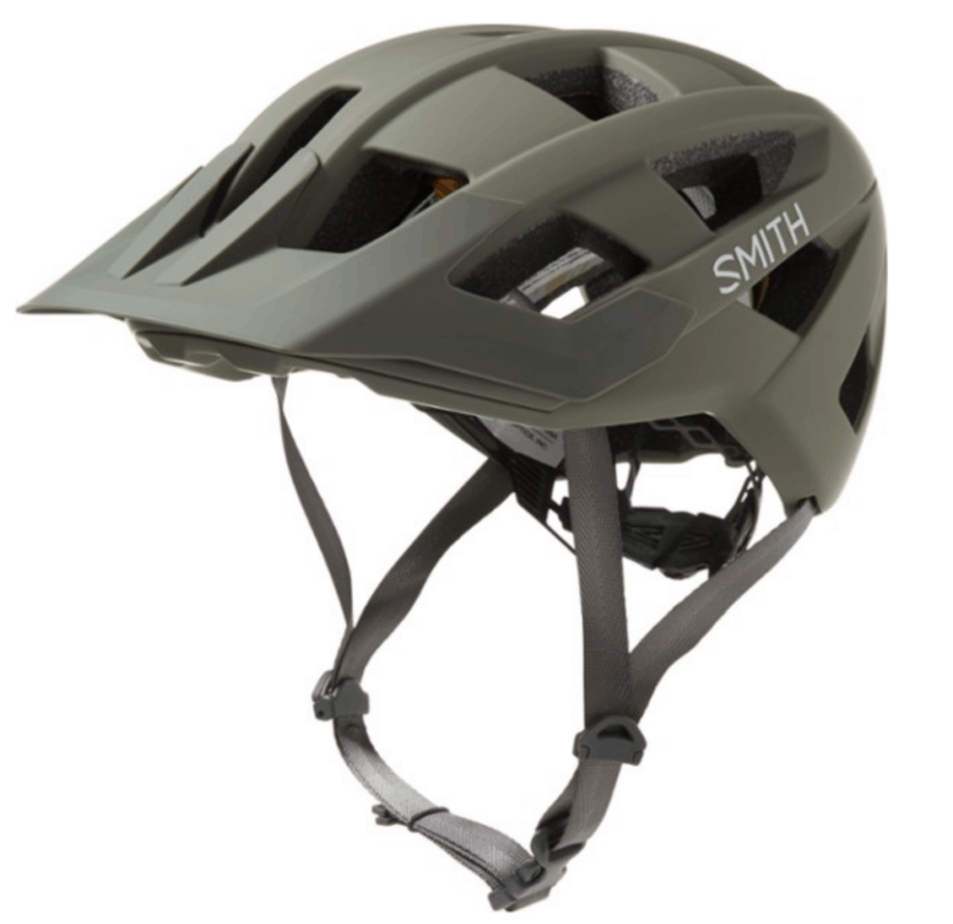While some people get a new helmet only when they lose their old one or are simply upgrading to a better one, there are actually legitimate reasons why is might be a wise idea to turn in your old bike helmet. The main purpose of a mountain bike helmet is to protect your head, so anything that affects this should be a cause for changing out your helmet for a new one.
So how Often Should You Change Your Mountain Bike Helmet? You should replace your helmet if you are in a crash. If you crash the form of your helmet is compromised and might not protect you if you crash again. Also, if the interior foam withers it also time to replace your helmet.
Most helmets are deigned to only provide protection against one crash and, when this happens, the foam on the inside becomes compressed with the impact and will not protect you at all should you crash into something else. This can be true even if the outside of the helmet doesn’t look too damaged, though if it did it would be quite obvious that you needed to replace your helmet.
You might crash twice in one year and both times hit your head, or you might not crash at all for a couple of years, either way you should replace your helmet after each crash were your head gets hit. Because of the cushion of foam you should not even think that your head got hit very hard, but it is better to be safer rather than sorry especially where something as important as your head is concerned.
Also, if the foam on the inside starts to deteriorate or gets damaged or torn then it will also no longer cushion your head in the event of a crash and will therefore do you no good. When you can see the outline of the foam pellets that the padding is made out of, then this is a clear sign that the padding has already begun to wear away.
If you tend to use your helmet for other things like skateboarding or anything else, this same rule applies for replacing it after one crash. Also if you are prone to dropping your helmet on concrete or rocks during these other activities then it is a good idea to replace it regularly. This is because being dropped repeatedly, even if your head is not in it, can compromise the solidity of the helmet and make it more likely to break should you be wearing it in a crash.
While bike helmets will not be affected by sweat or water they can be affected by UV light due to the fact that they are in the sun so much of the time. Most companies put in UV inhibitors into the shell of the helmet to help slow this process down, but if your helmet starts to noticeably fade or if you can start to see small cracks in it around the edges or vents then this is a clear sign of wear and that the helmet has started to become brittle.
A mountain bike helmet that has been degraded by too much UV light will not have a strong of a shell and is more likely to break or crack should it get hit and this will not give you nearly the protection your head needs. For this reason if you want a bike helmet to last you a while you should keep it indoors or at least out of the sun when you are not using it and always replace faded and cracking helmets.
If you have a really old 70s or 80 helmet then you shouldn’t even try to take one ride in that thing even if it has miraculously avoided fading or cracking. Not only is the Styrofoam they used back then not up to par, but the frame is not reinforced and will break on impact instead of truly protecting your head.
While it might not seem like a big deal if your helmet breaks when your head hits something as long as it protects you head from the impact, this can actually be a huge problem. About 75% of bicycling related deaths are due to head injuries and this is why this is so important.
If your head hits anything, whether it is tree branch or a vehicle, and breaks then you will not only have no protection when your head hits the ground or pavement but the shards and pieces of the helmet could potentially cause your head serious injury themselves.
While it is perhaps less common, any problems with buckle and strap on your helmet might also be a cause for why your helmet needs replaced. Fading wearing at the edges of the stitches is acceptable but if the buckle breaks or there are any missing or broken parts to the strap that connects to it, then it is time for it to be exchanged for a new one.
All in all, if you have any of the above problems then it is time to replace your helmet, but if not then you can keep at it! The amount of actual time it takes for a helmet to wear out will depend entirely on you and how you treat your helmet.
What To Look For In A New Mountain Bike Helmet
When picking a new mountain biking helmet there are certain things that you want to look at before you make your final decision. It is generally better to get a helmet from a bike shop where you can see and physically handle the different options, though you can still end up with a perfectly good helmet without doing this.
The first thing you should do if you can is to press around on the whole shell. The purpose of this is to look for any areas that might have what is sometimes referred to as the “beer can” effect. This is where you can push a spot in, usually with a dull click sound, and then it pops back out when you release the pressure.
Some cheap helmets have the beer can effect even when new, but you should carefully examine the foam beneath to make sure that it is not affected at all. More expensive helmets with thicker shells should never have this effect no matter where you push on the shell.
Also a vital part of making sure that you get a good helmet is to look inside for the sticker. All helmets that meet the Snell and/or ASTM requirements for safety testing will have a CPSC sticker on the inside saying so. Mountain bike helmets that do not meet these requirements or have not been tested may not have a sticker at all on the inside, or if they do it instead must say: “This is not a helmet”.
Some companies take advantage of the fact that the average buyer won’t look for a sticker and so will sell helmets that look and feel just like normal biking helmets, but you should never get these because they are not up to code.
You should also always get a bike helmet that fits properly. When placed on your head you should be able to shake your head up and down and from side to side without it wiggling or falling off, even without the chin strap being secured. It is important to decide what type of helmet frame you what too. There are two main kinds of frames: full-face and half-shell. Full-face bike helmets cover your entire head, face, and chin; whereas half-shell bike helmets tend to only cover the top of your head.
An optional feature that can be really nice to have in a mountain bike helmet is EPP – Expanded PolyPropylene – or EPS foam. This is a type of foam that is made to withstand the impact of more than one crash and to recover some of its thickness, but it should still be replaced if it takes more than one hit.
Another thing that can be more or less optional is how many vents you want your helmet to have. A helmet that has a lot of vents is less structurally sound and can take less of a hit, but can certainly be cooler for your head in a hot climate than a helmet with very few, small vents in it.
How To Take Care Of Your Helmet
As mentioned earlier, UV from sunlight is bad for the shell of your mountain biking helmet, so an important part of caring for it is by keeping it out of the sun when you are not using it. You should also avoid spraying any chemicals like bug spray – especially bug spray that has DEET – or perfume on or around your helmet since these could potentially react to its protective coating.
Try to avoiding banging your helmet on things or letting it move around in the backseat and hit things as you drive to the trail you plan on riding. To help keep your padding in good condition, avoid putting anything heavy in your helmet or using your helmet to carry things around in. As a final note, if your helmet looks dirty the best thing to do for it is to clean it with a damp washrag.


